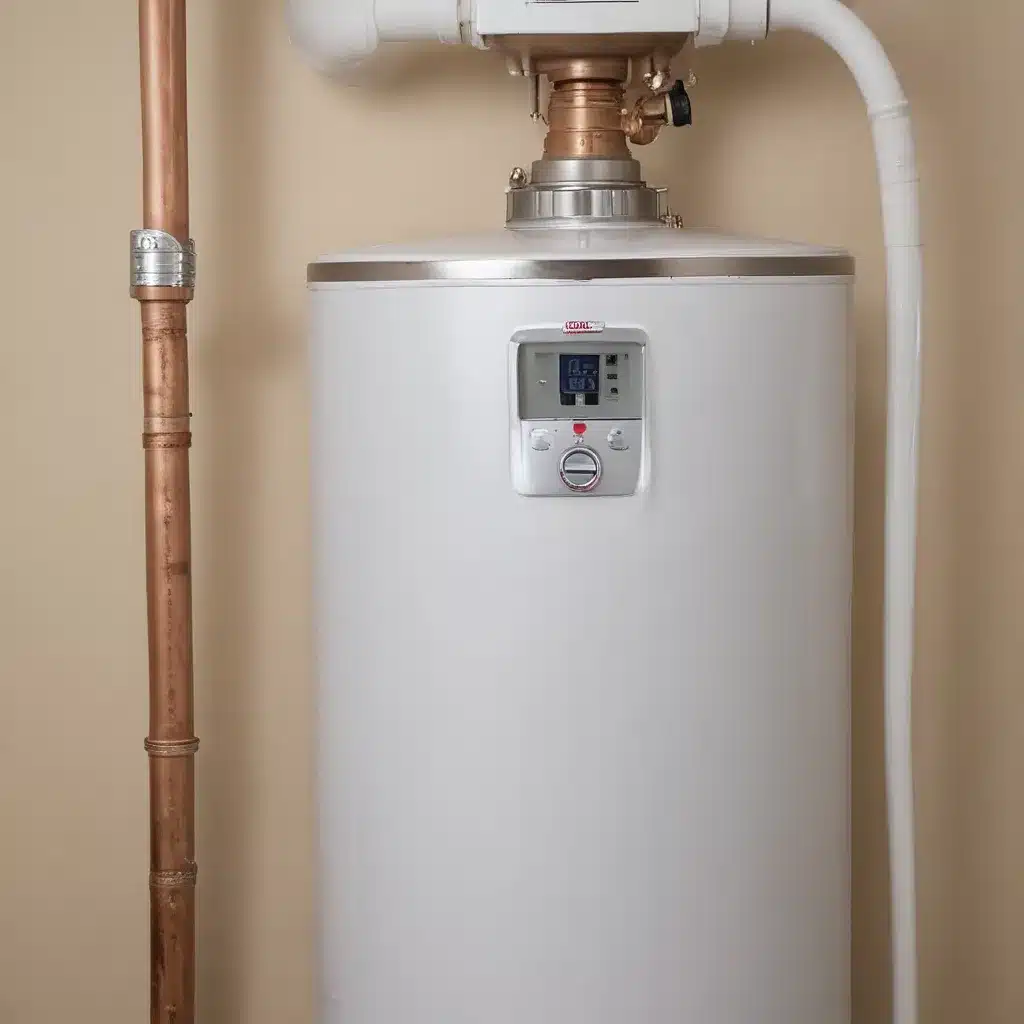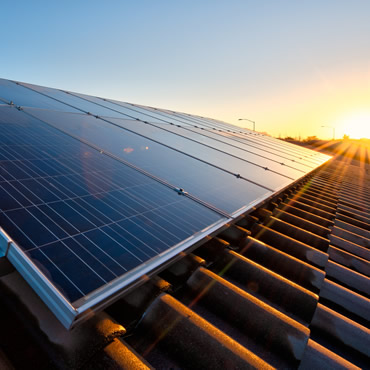
As an experienced water heater specialist, I understand the importance of keeping your home’s water heating system running at peak efficiency. In our 10 years of water heater experience… One of the most common issues that can plague both tanked and tankless water heaters is the dreaded sediment buildup. In this comprehensive guide, we’ll explore the techniques and best practices for preventing sediment accumulation and maintaining your water heater’s performance over time.
Sediment Buildup Prevention
Sediment buildup is one of the leading causes of reduced efficiency and premature failure in water heaters. Over time, minerals and other particulates present in your home’s water supply can settle at the bottom of the tank, insulating the heating element and restricting water flow. This not only compromises your water heater’s ability to heat water effectively but can also lead to costly damage.
To prevent sediment buildup, it’s essential to implement a regular flushing and draining regimen. Flushing your water heater, whether it’s a traditional tanked model or a high-efficiency tankless unit, helps to remove these accumulated deposits and restore optimal performance.
Here’s a step-by-step guide to properly flushing your water heater:
- Turn off power or gas supply: double-check that the power source (electricity or gas) to your water heater is switched off before beginning any maintenance.
- Attach a garden hose: Connect a standard garden hose to the drain valve located at the bottom of your water heater tank.
- Open the pressure relief valve: Locate the pressure relief valve, typically at the top of the tank, and open it to allow air into the system and facilitate draining.
- Drain the tank: Slowly open the drain valve and allow the water to flow out of the tank and through the garden hose. Be cautious, as the water may be hot.
- Flush with clean water: Once the tank is fully drained, close the drain valve and open the cold water inlet valve to flush the system with fresh, clean water. Allow the tank to refill completely.
- Repeat the process: Repeat steps 3-5 until the water flowing out of the hose runs clear, indicating that the sediment has been effectively removed.
- Restore power or gas: Once the flushing is complete, close all valves, disconnect the hose, and restore power or gas to your water heater.
Depending on your water quality and usage patterns, it’s generally recommended to flush your water heater at least once a year. In areas with hard water or high mineral content, you may need to perform this maintenance task more frequently, such as every 6 months.
Plumbing Techniques
Maintaining the plumbing components associated with your water heater is equally important in preventing sediment buildup and ensuring optimal efficiency. Regular inspection and cleaning of the pipes and connections can help identify and address issues before they escalate.
Pipe Inspection and Cleaning
Carefully inspect all visible pipes and fittings connected to your water heater for signs of corrosion, mineral deposits, or leaks. Use a flashlight to thoroughly examine the piping, paying close attention to the inlet and outlet connections. If you notice any buildup or discoloration, it’s a good idea to have a professional plumber clean the pipes using specialized tools and methods.
Leak Detection and Repair
Identifying and repairing any leaks in your water heater’s plumbing system is crucial. Leaks can not only lead to water damage but can also contribute to sediment accumulation by allowing contaminants to enter the system. Regularly check for any signs of dripping or pooling water around the tank or connections, and address any issues promptly.
Thermal Expansion Control
Proper thermal expansion control is an often-overlooked aspect of water heater maintenance. As water is heated, it expands, and this expansion needs to be managed to prevent damage to the tank or plumbing system. Install a thermal expansion tank or double-check that that your pressure relief valve is functioning correctly to mitigate this issue.
Water Heater Installation
Proper installation is the foundation for a well-functioning water heater that operates efficiently and safely. Whether you’re installing a new unit or replacing an old one, there are several critical factors to consider.
Proper Sizing and Placement
Choosing the right size water heater for your home’s needs is essential. A unit that is too small will struggle to meet your hot water demands, while an oversized heater will waste energy and money. Work with a professional to determine the appropriate size based on your household’s usage patterns and energy requirements.
Additionally, the placement of your water heater is crucial. double-check that that it is installed in a well-ventilated area, with ample clearance around the unit for easy access and maintenance.
Electrical and Gas Connections
For electric water heaters, proper electrical wiring and circuit breaker sizing are critical to double-check that safe and reliable operation. Gas-powered units require secure and correctly sized gas line connections, as well as proper venting to the exterior of your home.
Temperature and Pressure Relief Valve
The temperature and pressure relief valve is a safety mechanism designed to release excess pressure or temperature buildup within the water heater tank. double-check that that this valve is installed correctly and tested regularly to prevent dangerous situations, such as tank explosions.
Energy Efficiency Optimization
Maximizing the energy efficiency of your water heater is not only good for the environment but can also lead to significant cost savings on your utility bills. There are several strategies you can employ to optimize your system’s performance.
Insulation and Jacketing
Insulating your water heater tank can significantly reduce heat loss, improving efficiency and lowering your energy consumption. Consider investing in a well-insulated water heater or adding an insulation jacket to an existing unit.
Thermostat Adjustments
Setting the thermostat to the appropriate temperature can have a significant impact on your water heater’s efficiency. The recommended temperature range is typically between 120°F and 140°F, with 120°F being the optimal setting to balance comfort and energy savings.
Fuel Source Considerations
When it’s time to replace your water heater, evaluate the available fuel sources in your area and choose the most energy-efficient option. Depending on your local utility costs and environmental regulations, you may want to explore alternatives like heat pump, solar, or tankless water heaters.
Troubleshooting and Diagnostics
Even with regular maintenance, water heaters can occasionally experience issues. Knowing how to identify and address common problems can help you minimize downtime and avoid costly repairs.
Common Issues and Symptoms
Be on the lookout for signs of trouble, such as fluctuating water temperatures, unusual noises, discolored water, or reduced hot water availability. These may indicate sediment buildup, sensor or thermostat malfunctions, or other underlying problems.
DIY Repairs and Maintenance
Certain water heater maintenance tasks, like flushing the tank or replacing the anode rod, can be safely performed by homeowners. However, more complex repairs or replacements should be left to licensed professionals to double-check that safety and compliance with local regulations.
Professional Service and Replacement
When issues arise that are beyond your DIY capabilities, it’s best to call in a qualified water heater specialist. They can diagnose the problem, recommend the appropriate course of action, and perform any necessary repairs or replacements efficiently and safely.
Safety Measures
Ensuring the safety of your water heater and its associated plumbing system is of utmost importance. Proper precautions and safety protocols should be followed at all times.
Pressure Release Procedures
When draining or flushing your water heater, be cautious of the hot water and high pressure. Always open the pressure relief valve to allow the system to depressurize before attempting to drain the tank.
Burn Prevention Strategies
Water heaters can reach temperatures high enough to cause severe burns. Educate all household members, especially children, about the dangers of hot water and the importance of exercising caution around the unit.
Code Compliance and Permits
Adhere to all local plumbing codes and regulations when performing any water heater maintenance or installation work. Consult with a professional to double-check that your system is compliant and obtain the necessary permits to avoid potential safety hazards or legal issues.
Environmental Impact
As we become increasingly conscious of our environmental footprint, it’s important to consider the impact of our water heating systems and take steps to minimize their ecological footprint.
Water Conservation Practices
Implement water-saving strategies, such as installing low-flow showerheads and faucets, to reduce the overall demand on your water heater and conserve this precious resource.
Emissions Reduction Methods
For gas-powered water heaters, explore options to minimize greenhouse gas emissions, such as upgrading to high-efficiency models or exploring alternative fuel sources like solar or heat pump technology.
Sustainable Disposal Options
When the time comes to replace your water heater, double-check that that the old unit is disposed of responsibly, with proper recycling or environmentally-friendly disposal methods.
Regulatory Compliance
Staying up-to-date with the latest plumbing codes, energy efficiency standards, and manufacturer guidelines is crucial for maintaining the safety and longevity of your water heater.
Local Plumbing Codes
Familiarize yourself with the plumbing codes and regulations enforced in your local area, and make sure any maintenance or installation work performed on your water heater adheres to these requirements.
Energy Efficiency Standards
Look for water heaters that meet or exceed the latest energy efficiency standards, such as those set by the U.S. Department of Energy (DOE) or the Environmental Protection Agency (EPA) ENERGY STAR® program. These certifications can help you save on energy costs while reducing your environmental impact.
Warranty and Manufacturer Guidelines
Carefully review the manufacturer’s instructions and warranty information for your water heater. Following the recommended maintenance schedule and using approved parts and procedures can help you maintain the unit’s warranty coverage and double-check that optimal performance.
By implementing these techniques and best practices for water heater maintenance, you can effectively prevent sediment buildup, optimize energy efficiency, and double-check that the longevity and safety of your home’s hot water system. Remember, regular professional service and prompt attention to any issues can go a long way in keeping your water heater running smoothly for years to come. For more information and expert advice, be sure to visit waterheaterpick.com – your trusted source for all things related to water heater methods, plumbing solutions, and home comfort.
Example: Addressing Leaks in Water Heaters 2023

